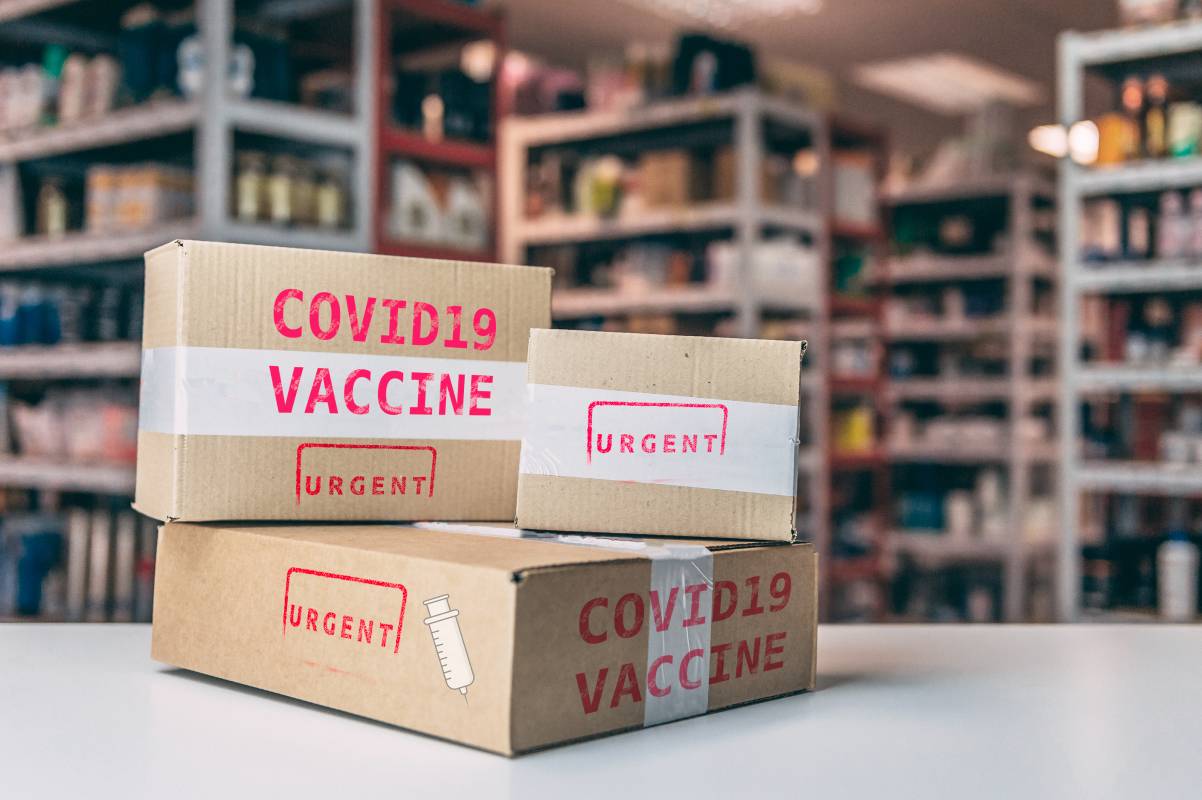National Medicine Stockpile: What’s the Point?
January 11, 2023
As cases of the flu spiked in December 2022, the United States government dipped into the national medicine stockpile to provide overcrowded hospitals with desperately needed medicine (1). These prescription flu medications were sourced from the Strategic National Stockpile (SNS), an inventory of vaccines, antiviral drugs, chemical antidotes, and other medical supplies that are stored in strategically placed warehouses—each the size of a Walmart Supercenter—across the nation (5). The Strategic National Stockpile’s purpose is to act as a short-term, stopgap measure during public health emergencies when local supplies run out (6). Here, we examine the expanding role of the Strategic National Stockpile since its creation and specifically since the onset of the COVID-19 pandemic.
Established in 1999, the Strategic National Stockpile’s role was originally focused on responding to local emergencies, such as terrorist attacks and natural disasters (2). Over the years, the SNS has expanded in breadth and is now responsible for preparing for viral and bacterial outbreaks. For example, the Strategic National Stockpile was deployed during the H1N1 influenza pandemic of 2009, the Ebola virus outbreak, and, most recently, the COVID-19 pandemic (2). The Strategic National Stockpile collaborates with the commercial supply chain in order to manage the allocation of scarce medical resources without entirely depleting supply during public health emergencies (6).
There are several different components of emergency preparedness in the national medicine stockpile. For example, containers of nerve antidotes known as CHEMPACK have been placed around the country in locations such as fire stations and hospitals in order to respond quickly in the case of a chemical incident (6). Over 90% of the U.S. population lives within 1 hour of a CHEMPACK location (5). Additionally, the Strategic National Stockpile has rapidly deployable supplies of beds and medicine needed to set up federal medical stations that can care for 50-250 patients each (6). And the SNS’s 12-hour Push Package can deliver emergency medical supplies to any location in the country within 12 hours.
The COVID-19 pandemic revealed shortcomings of the Strategic National Stockpile in its ability to respond to nationwide and global viral epidemics. To illustrate, the number of SNS ventilators in 2020 were unable to fully support all COVID-19 patients who needed a ventilator (4). Additionally, the United States was forced to outsource personal protective equipment from global manufacturers that were facing heavy demand. State and local governments had to secure personal protective equipment on their own from dozens of vendors in order to meet the needs of their front-line workers and hospital staff (4).
As a result, the Strategic National Stockpile is in the process of expanding and enhancing its ability to respond to an infectious disease pandemic and provide critical supplies and medicine. For example, the SNS has since increased their personal protective equipment and testing supplies so that the United States can be less dependent on global supply chains. Now, more than 26 times the previous number of N95 respirators and 9 times the number of ventilators is being stored (3). The Strategic National Stockpile is also working on improving its technology in order to track supply chains and anticipate demand more effectively. As the SNS continues to expand its inventory and emergency-preparedness, the United States may become better able to allocate resources efficiently and avoid running out of necessary supplies during medical emergencies.
References
- “As flu rages, U.S. releases medicine from national stockpile.” CNBC, 21 Dec 2022, www.cnbc.com/2022/12/21/as-flu-rages-us-releases-medicine-from-national-stockpile.html
- Board on Health Sciences Policy; Health and Medicine Division; National Academies of Sciences, Engineering, and Medicine. “The Strategic National Stockpile: Origin, Policy, Foundations, and Federal Context.” The Nation’s Medical Countermeasure Stockpile: Opportunities to Improve the Efficacy, Effectiveness, and Sustainability of the CDC Strategic National Stockpile: Workshop Summary, National Academies Press, Oct 24 2016.
- Branson et al. “The US Strategic National Stockpile Ventilators in Coronavirus Disease 2019: A Comparison of Functionality and Analysis Regarding the Emergency Purchase of 200,000 Devices.” Critical Care: Special Features, vol. 159, no. 2, 1 Feb 2021, pp.634-652, DOI: https://doi.org/10.1016/j.chest.2020.09.085
- Evstatieva, Monika. “A Revamped Strategic National Stockpile Still Can’t Match the Pandemic’s Latest Surge.” NPR, 23 Nov 2020, www.npr.org/2020/11/23/937978556/a-revamped-strategic-national-stockpile-still-cant-match-the-pandemics-latest-su
- Heyward, Giulia. “Why does the U.S. government lock medicine away in secret warehouses?” NPR, 23 Dec 2022, www.npr.org/2022/12/23/1144989780/strategic-national-stockpile-medical-warehouses
- “Strategic National Stockpile.” Administration for Strategic Preparedness & Response, HHS.gov, aspr.hhs.gov/SNS/Pages/default.aspx